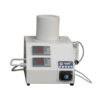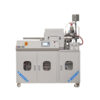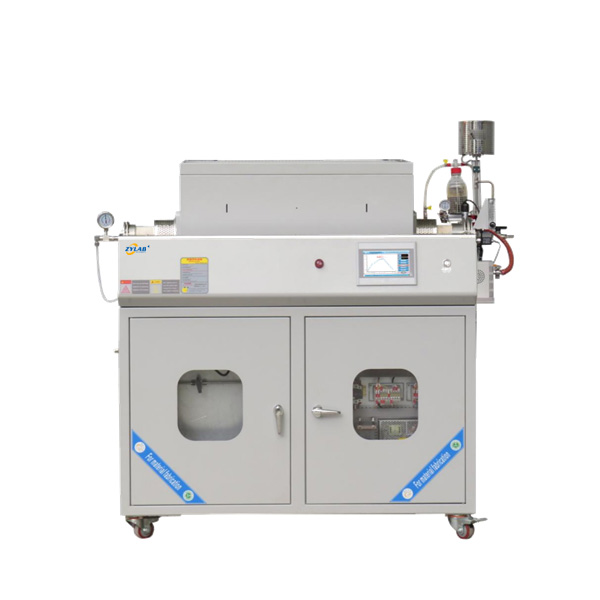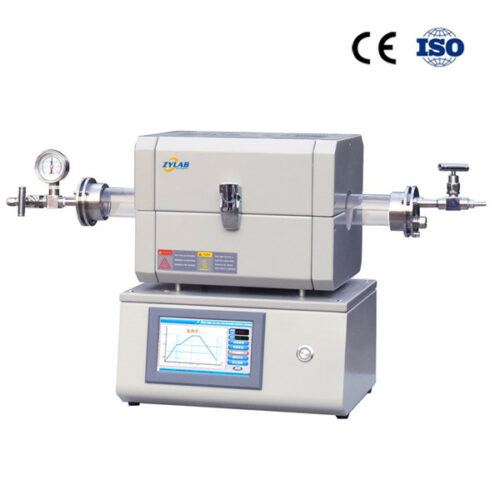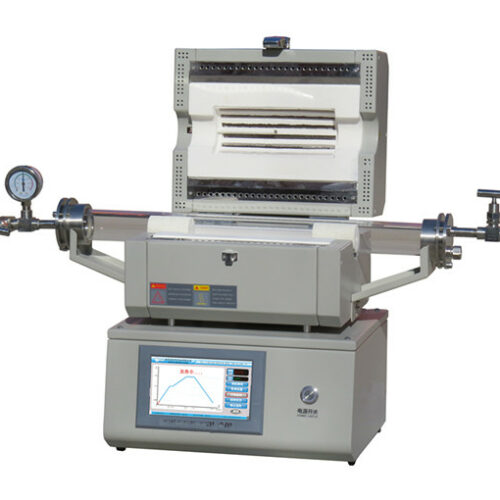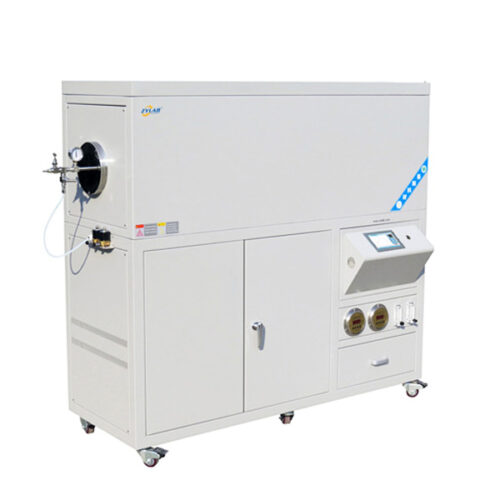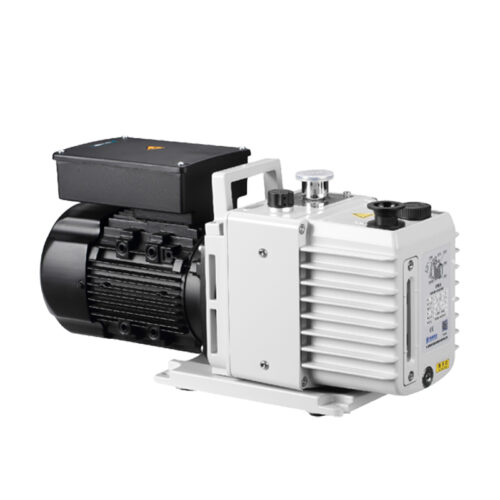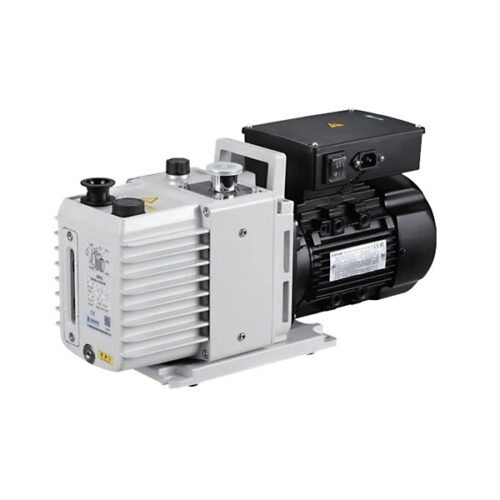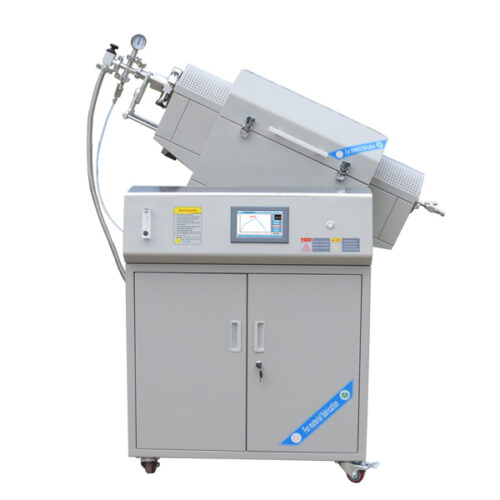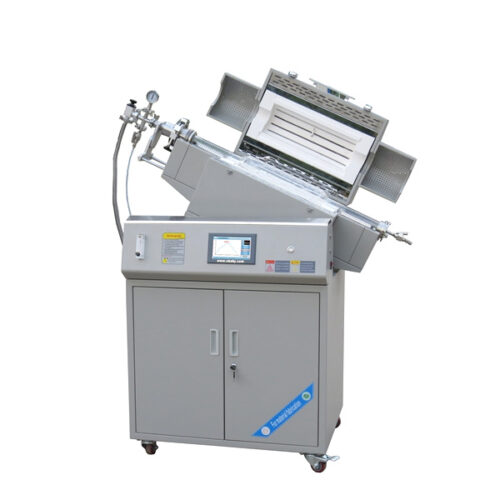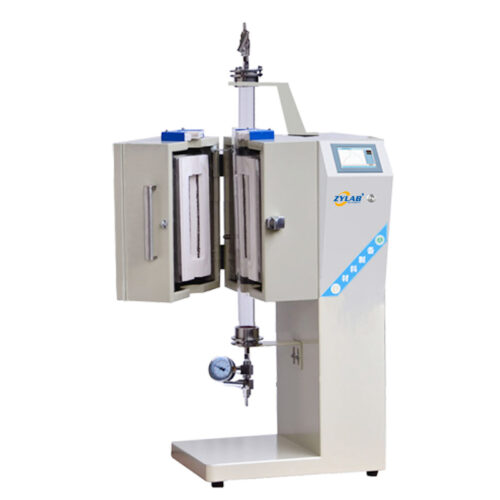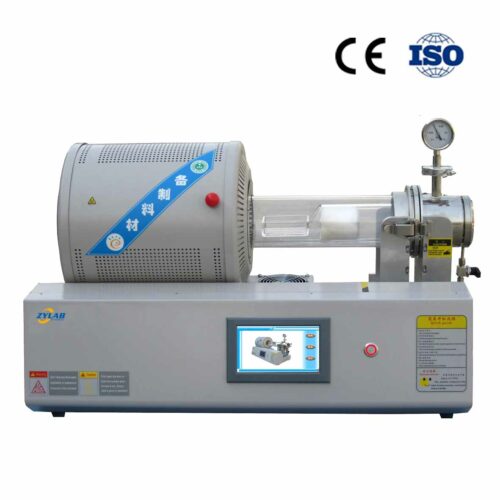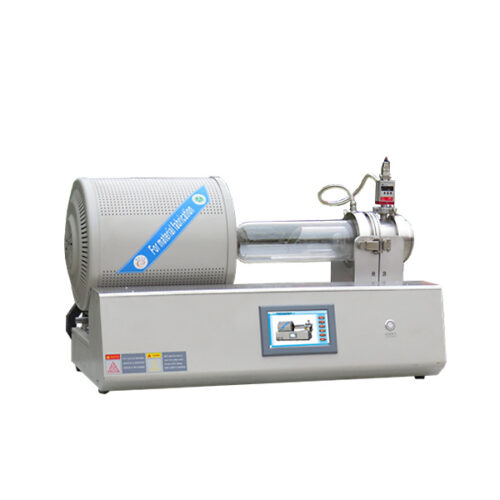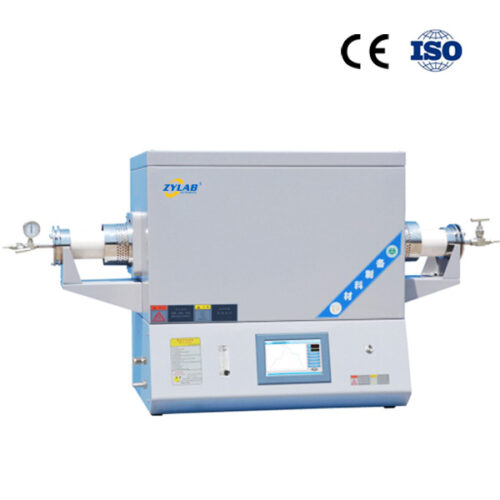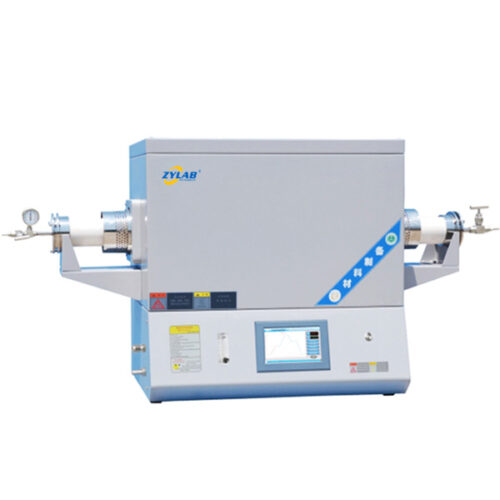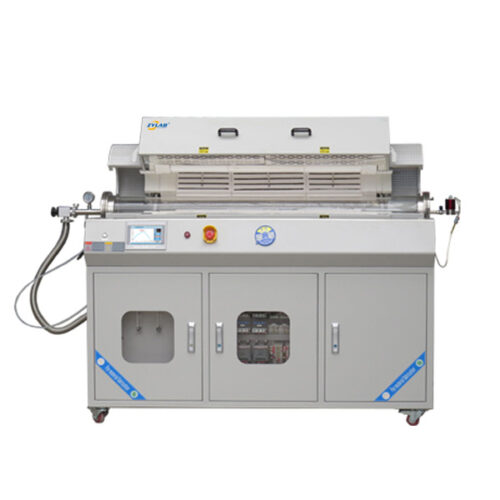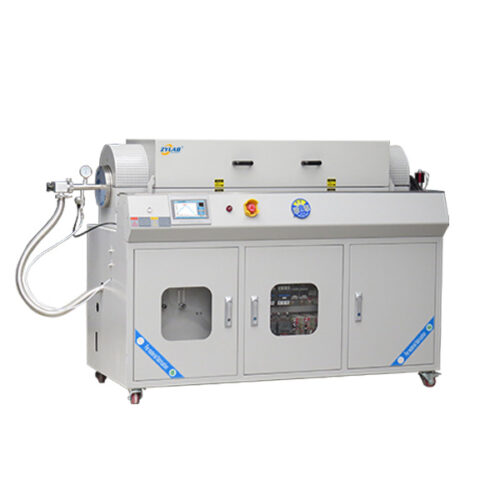1500°C Hydrogen Reduction Sintering Furnace
Introduction:
The Hydrogen Sintering Furnace is a specialized piece of equipment designed for universities, research institutes, and industrial enterprises. It is primarily used for the sintering, melting, and analysis of metals, non-metals, and other compound materials under controlled atmosphere and vacuum conditions.
The Hydrogen Reduction Sintering Furnace consists of the following components:
Sintering System
Electrical Control System
Inlet and Outlet Gas Systems
Vacuum System
Ignition System
Features and Benefits:
- Pre-set with Five Automatic Sintering Modes: Additionally, custom sintering modes can be configured according to experimental needs.
- Stable and Reliable System: Easy to operate with comprehensive safety protection measures.
- Unique Ignition Device: Ensures complete hydrogen combustion and prevents external air from entering the furnace tube, significantly improving the safety of hydrogen usage.
- Advanced PID Self-learning Fuzzy Control: Ensures high temperature control accuracy, maintaining within ±1°C (±2°C inside the tube during the constant temperature phase).
- IoT Functionality: Allows remote monitoring and operation of the equipment via smartphone or computer.
- Data Storage Capability: Important sintering parameters can be stored for up to 30 days (assuming 8 hours of daily operation).
- Recipe Function: Capable of storing over 100 recipes.
- Multiple Fail-Safe Features: Ensures enhanced safety for users.
- Network Connectivity: Through an RJ45 interface using the TCP/IP protocol, enabling the system to connect with a host computer (the host computer must have the appropriate software installed).
Technical Parameters:
| Model | T15-100T2D3ZW-N | |
| Power Supply | AC380V 50Hz(or as required) | |
| Rated Power | 8KW | |
| Furnace Tube Size | Alumina tube Φ100*1200mm | |
| Heating Zone Length | 460mm, dual-zone temperature control | |
| Recommended Heating Rate | 10°C/min (≤20°C/min) | |
| Operating Temperature | ≤1500℃ | |
| Heating Element | High-purity silicon carbide rods | |
| Furnace Chamber Material | High-purity polycrystalline fiber composite refractory insulation layer | |
| Furnace Chamber Design | Fully enclosed heating chamber | |
| Sealing Method | Stainless steel sealed flange | |
| Temperature Sensor | S-type thermocouple | |
| Operation Time Recording | Sintering data storage, automatic report generation, real-time recording and retrieval | |
| Sintering Modes | Capable of normal air sintering (without vacuum) and vacuum-assisted sintering with gas flow | |
| System Protection | Over-temperature alarm, overcurrent protection, thermocouple failure alert | |
|
Gas Supply System |
Three Proton Flow Meters:
Nitrogen Flow Meter Range: 10L/min Hydrogen Flow Meter Range: 300ml/min Air Flow Meter Range: 5ml/min Sealed Flange: 100 stainless steel high vacuum flange with temperature measurement port |
|
| Vacuum System | Vacuum Pump Type: Direct-coupled rotary vane vacuum pump (dual-stage rotary vane)
Pumping Speed: 10m³/h System Vacuum: Achieves a vacuum level of -95Kpa or higher Vacuum Valve Type: Electromagnetic vacuum valve |
|
| Hydrogen Safety Protection Ignition System | Ignition Mode: Dynamic detection ignition with flameout alarm, multiple safe sintering modes available | |
|
Saturated Vapor System |
Saturated Vapor Adjustment Mode: Peristaltic pump liquid supply 0.01ml~10ml/min, vapor output 0.012L~17L/min | |
| Control System | 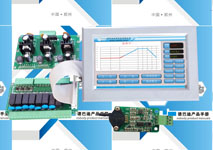
1.Embedded Operating System: Bilingual (Chinese/English) graphical interface, 7-inch true-color touchscreen input, intelligent human-machine interaction mode. 2.Pressure Protection Control. 3.Sintering Process Curve Setting: Dynamic display of set curves, capable of storing multiple sintering process curves, each of which can be freely configured. 4.Scheduled Sintering: Enables unattended sintering process according to a preset sintering curve. 5.Real-Time Display: Displays sintering power, voltage, and other information, with data recording and export functions for paperless documentation. |
|
| Temperature Accuracy | ±1℃ | |
| Weight | Approximately 370KG | |
| Service Support | 1-year warranty with lifetime support (warranty excludes consumable parts such as furnace tubes and O-rings) | |
Applications:
The Hydrogen Reduction Sintering Furnace has diverse applications across several industries due to its unique capabilities. Here are some specific applications:
1. Powder Metallurgy:
• Sintering metal powders with hydrogen reduction to enhance density and mechanical properties.
• Production of precision components for automotive, aerospace, and tooling industries.
2. Ceramic Manufacturing:
• Hydrogen reduction sintering for advanced ceramics, improving strength and durability.
• Production of specialized ceramic components for electronic devices and industrial applications.
3. Additive Manufacturing (3D Printing):
• Post-processing of 3D printed metal parts through hydrogen reduction for improved mechanical characteristics.
• Enhancing the properties of additively manufactured components.
4. Electronics and Electrical Components:
• Sintering of electronic components, such as contacts, connectors, and resistors.
• Manufacturing components with improved conductivity for electronic devices.
5. Battery and Energy Storage:
• Production of electrodes and other components for batteries using hydrogen reduction processes.
• Manufacturing materials for hydrogen-based energy storage technologies.
6. Advanced Material Research:
• Experimentation with hydrogen reduction sintering for the development of novel materials.
• Investigating the impact of hydrogen reduction on the properties of various materials.
7. Catalyst Production:
• Sintering of catalytic materials with hydrogen reduction for use in chemical processes.
• Manufacturing catalysts for industrial applications, such as petrochemical refining.
8. Medical Device Manufacturing:
• Sintering of metal and ceramic components for medical devices.
• Production of implants and other biomedical components with precise specifications.
9. Aerospace and Defense:
• Manufacturing specialized components for aerospace and defense applications using hydrogen reduction sintering.
• Producing lightweight and high-strength materials for aerospace structures.
10. Research and Educational Institutions:
• Utilization of the furnace in materials science research and experiments.
• Training and education in materials engineering and related fields.
The Hydrogen Reduction Sintering Furnace’s ability to provide controlled hydrogen atmospheres allows for the production of materials with specific properties, making it applicable in a wide range of industries that require precision sintering processes.

